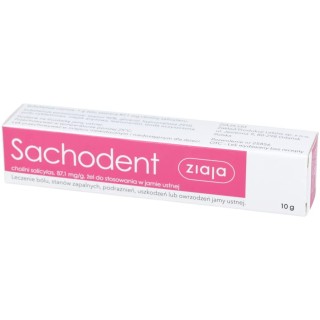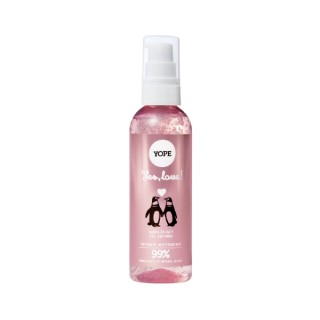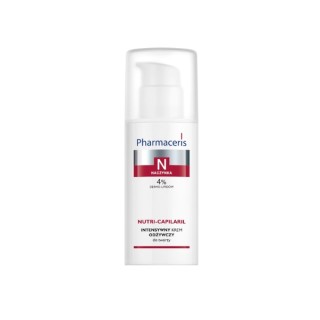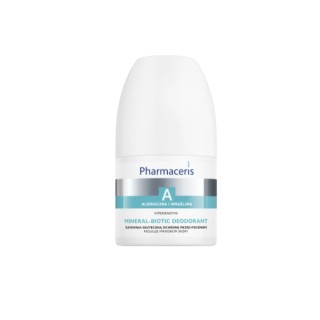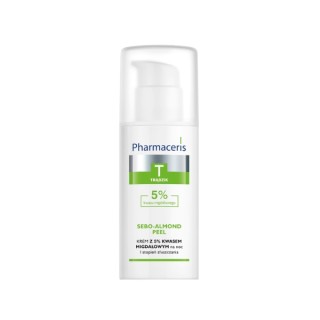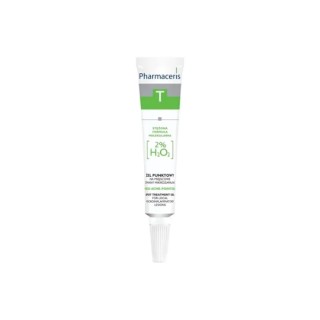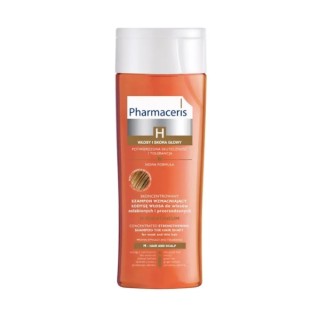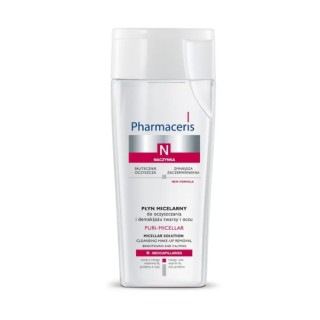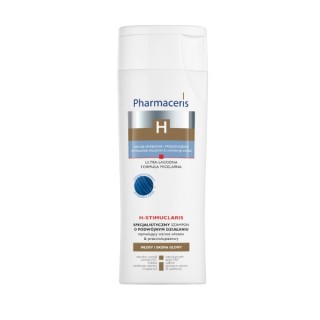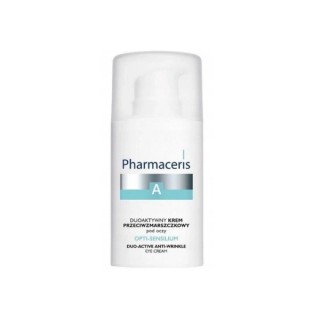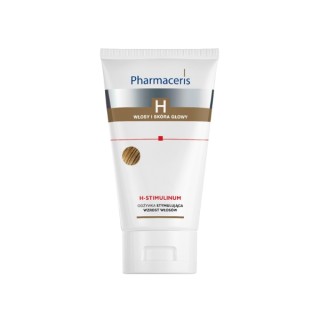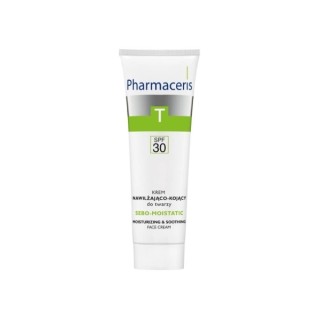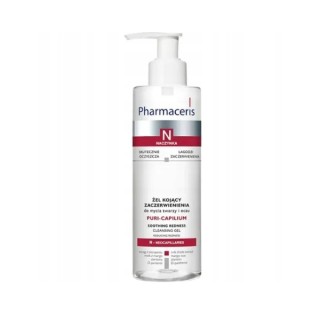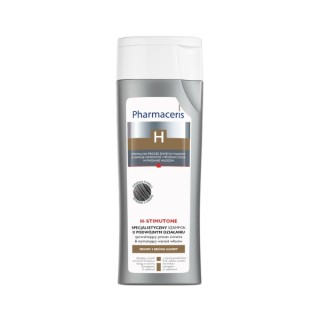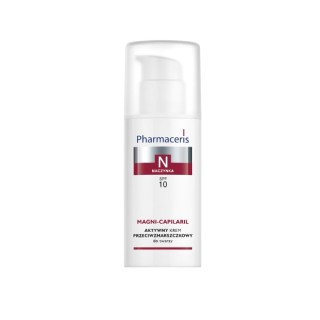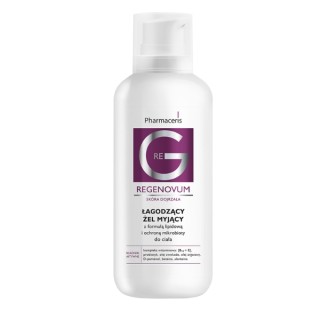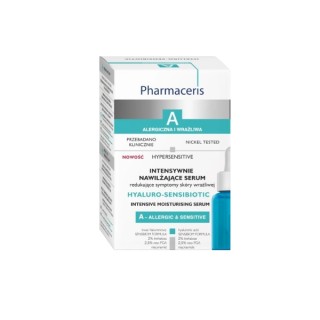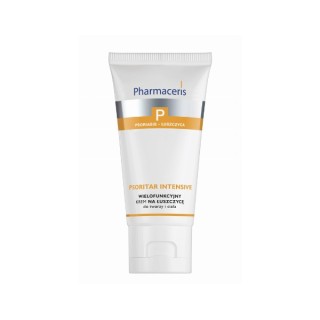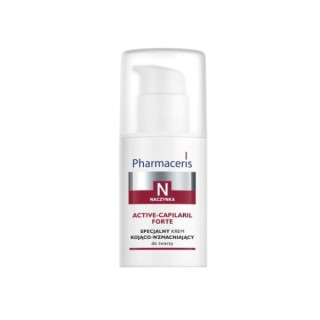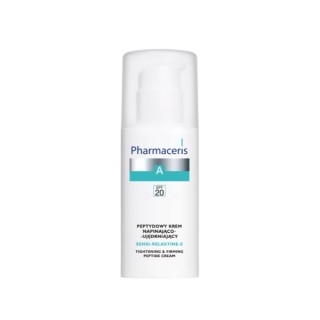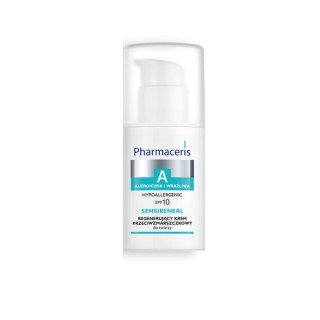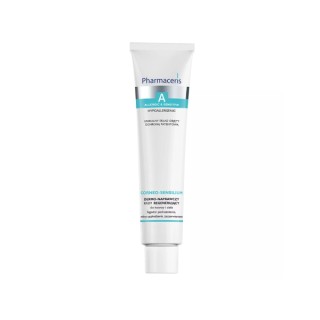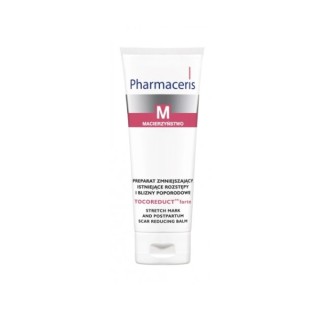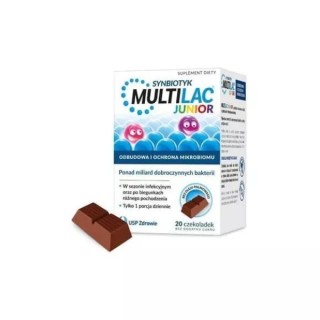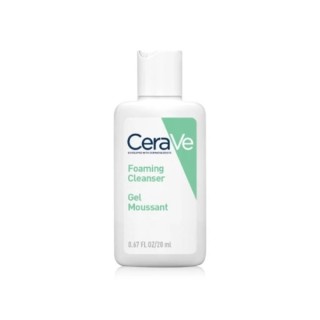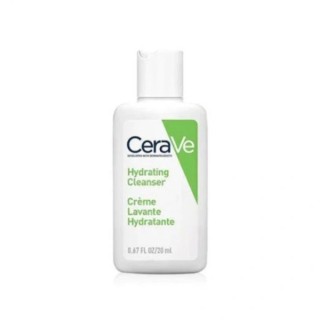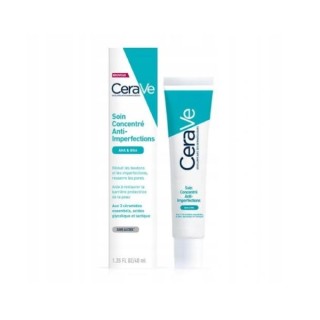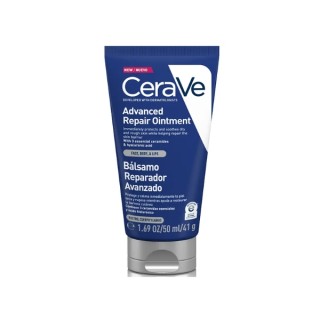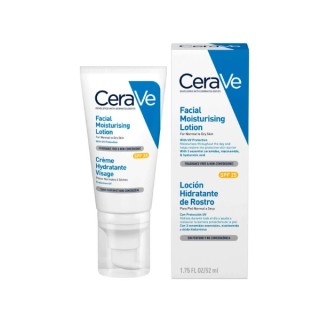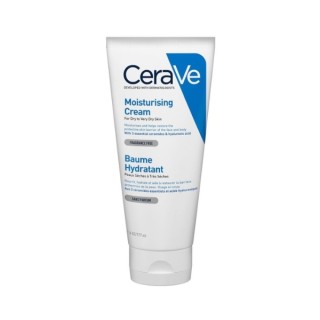- TOP DEAL
- NEW PRODUCTS
-
CATEGORIES
Accessories For home Child and Mom Hygiene and health Advent calendars Cosmetics without parabens Cosmetics for allergy sufferers Cosmetics for men Body cosmetics Makeup cosmetics Facial cosmetics Hair Care Kosmetyki koreańskie Natural cosmetics Professional cosmetics Vegan cosmetics Masks NEWS OUTLET UP TO -70% Perfume Nail art Dietary supplements and medicinal products TOP DEAL Travel Size Car fragrances Healthy food Gift Sets Oral hygieneBody cosmetics for men Deodorants and antiperspirants for men Intimate hygiene cosmetics for men Shower cosmetics for menDepilatory cosmetics Shavers Aftershave cosmetics Depilatory creams Depilatory foams Depilatory strips Depilatory waxesBath cosmetics Shower creams Bath bombs Bath milks Bath oils Shower oils Shower foams Bath foams Bath salt Shower gelsSunbathing cosmetics Body filters Face filters Sunbathing cosmetics for children Cosmetics for the solarium After-sun cosmetics Self-tanners Tanning supplementsBody care cosmetics Moisturizing body cosmetics Body lotions Body creams and serum Body butters Body mists Oils and body oils Massage oils Body gels Body scrubsHand care cosmetics Hand lotions Cosmetics for nails and cuticles Hand creams Manicure Hand masks Hand gels and scrubsFoot care cosmetics Foot deodorants Foot bath Foot creams Foot masks Pedicure Foot powders and powdersEyebrow makeup cosmetics Eyebrow shadows henna for eyebrows Eyebrow pencils Eyebrow conditioners Eyebrow pomades Eyebrow styling Eyebrow gelsEye makeup cosmetics Eye shadow bases Eyeshadow Eyeliners Eyeliners Odżywki do rzęs False eyelashes MascarasFacial makeup cosmetics Makeup bases Face bronzers Makeup fixers Sponges and makeup applicators Facial concealers Coloring creams for the face Facial mists Facial foundations Face powders Blushers Facial highlightersMake-up removal cosmetics Make-up removal accessories Make-up removal milks and balms Make-up removal oils Facial peels Micellar fluids Tonics, mists and hydrolates for the face Gels, soaps and foams for washing the faceHair dyes Paints for permanent coloring Henna for eyebrows and eyelashes Henna and hair coloring balms Oxidizing creams Preparations for permanent wave Paint removal products Hair lighteners Sprays for regrowth Coloring shampoos Toning shampoos and conditioners Washable hair dyesHair care cosmetics Hair balms Hair masks Hair mists and hydrolates Hair conditioners Hair oils and silks Scalp peels Hair Serum Dry shampoos Hair supplements Shampoos Hair lotionsNatural cosmetics for the body Body lotions and butters Deodorants and Antiperspirants Natural bath cosmetics Body oils and mistsNatural cosmetics for the face Lip balms and lipsticks Make-up removal and cleansing Creams Masks and clays Serum and oils
-
FIND YOUR FAVORITE BRAND
- ABOUT US


